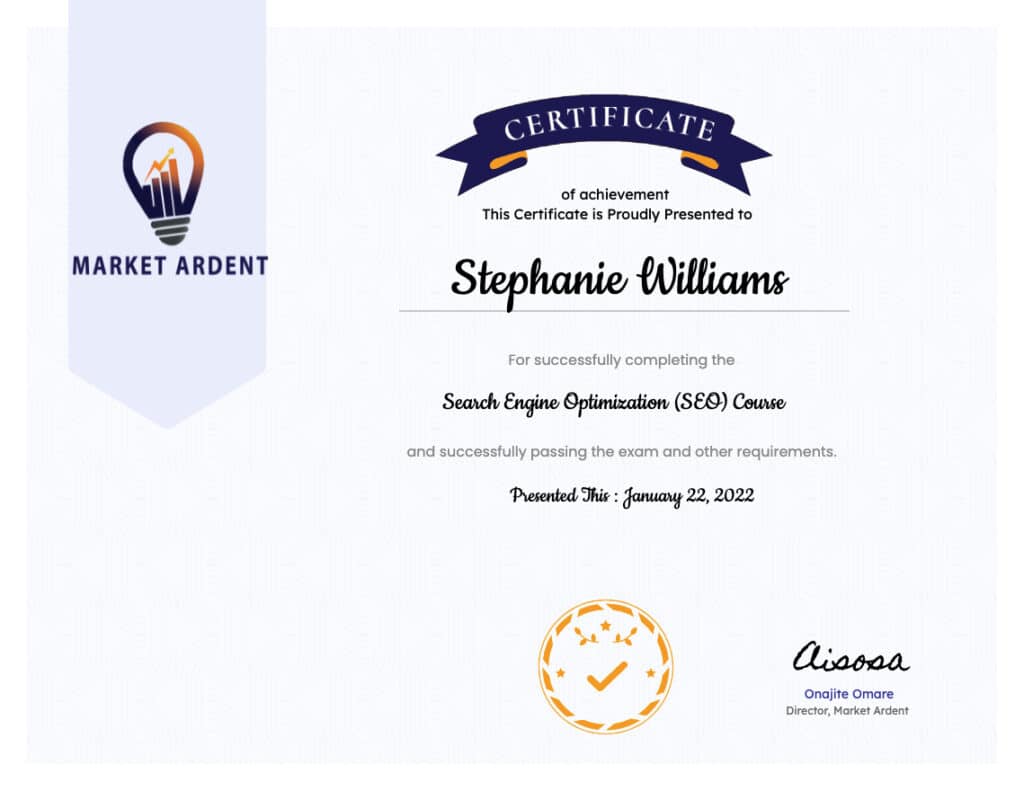
Define your target audience. Everybody has questions about products, and they all have different needs. But how can you identify the right audience to target? The first step is to understand their pain points and personas. Next, you can segment them by gender and age. Once you have their demographics you can create a marketing strategy that addresses their needs. This allows you make the best possible use of your available resources. Here are a few tips for defining your target audience:
Segmenting target market by age group
One of the most effective ways to reach your targeted audience is to segment them by age group. While this method can help you narrow down your audience to a specific demographic, it can also be too narrow. If you try to narrow down your target audience too deeply, you may end up reaching very few people. You will also end up writing different messages for each segment. Segmenting by age can help you better understand your target audience and the types of people who will benefit from your products.

While there are many ways to segment your audience by age, it's important to analyze all of your data and determine the key factors that distinguish each group. Age is an important aspect of market segmentation. It helps you target your customers more effectively. The life cycle of a customer is largely determined by their age. To maximize your marketing budget, you will need to target different age groups if you sell a product or service to younger customers.
Identifying target audience personas
Effective marketing campaigns are possible by understanding the personas of your target audience. This fictionalized persona can help you make your target market more relatable. Here are some questions to ask when you define your audience. These questions will help to establish the tone for your copy, marketing messages, as well as social media posts. These are just a few tips. These questions are crucial for creating personas for the target audience.
Before you begin to develop personas you must first define the needs of your customers. A buyer persona can help you identify the products and services that your customers are looking for. It will also help determine which ad formats will be most effective for your audience. Display and native advertisements, for example, are more likely to be seen by Millennials than ads that target older consumers. To identify the demographics of every page that a customer visits, you can send surveys. Another idea is to see what other brands use to reach customers. If you see that some brands are successful with one channel, then that is probably the one to use.
Identifying the pain points within your target audience
When defining your target audience, you need to know their pain points. These pain points can help you to understand your audience's needs and improve your marketing materials. An audience may have a variety of pain points. Identifying specific pain points, such as the difficulty of integrating your product into a popular application, may be more useful for a niche audience.

Your target audience has particular problems that you can help them with. These problems may be as unique as your potential customers. Many of them won't even be aware that they exist. It is important to inform your prospects about the problem they are experiencing and to convince them that your product will solve it. Sometimes a pain point can be as simple and as simple as not being able to open a container.
FAQ
Affiliate marketing is a great way to make money.
Affiliate marketing is one of the easiest ways to make money online. You don’t even have leave your house to do affiliate marketing. To become an affiliate, you must first sign up. Once you have chosen a product or service that you like, you will need to promote it and then you'll get paid.
If you would like, you may also market multiple products simultaneously. Only promote products related to your expertise.
What is the main difference between web hosting, cloud hosting, and other hosting options?
Web hosting refers to storing data on servers located at a particular location. Cloud hosting allows data to be stored in remote servers via the internet.
What is the cost of hosting a website?
Hosting prices will vary depending on how many visitors your website gets.
If you receive 10,000 unique visitors each month, your monthly cost will be $50.
You can expect to pay around $100 per month if you have 100,000 pageviews per month.
Is it possible to use WordPress.org, a free website hosting service?
No. Free hosting sites do not allow you to customize your website design.
They also limit the number of visitors you can send to your website.
How long does it take to make money from affiliate marketing?
To make affiliate marketing profitable, it takes around 3 months.
Statistics
- A recent study by Mediakix revealed that 80% of marketers find influencer marketing effective. (shopify.com)
- Backlinko found that the #1 organic result is 10 times more likely to receive a click compared to a page in spot #10. (shopify.com)
- The latest stats show that 87% of marketers use email marketing to distribute content. (shopify.com)
- Some 70% of consumers say SMS is a good way for businesses to get their attention. (shopify.com)
- According to research by Marketo, multimedia texts have a 15% higher click-through rate (CTR) and increase campaign opt-ins by 20%. (shopify.com)
External Links
How To
Pros and cons of affiliate marketing
Affiliate marketing is a performance-based type of marketing in which affiliates earn compensation from advertisers for directing traffic through their websites. The most popular type of affiliate marketing is pay per click (PPC). Other forms of affiliate marketing include cost per action, cost per lead (CPL), or cost per sale (CPS).
The main benefit of this kind of marketing is that affiliates do not need special skills or knowledge to generate sales. They just need a website, some promotional material, and a few other tools. Affiliate marketing has its own disadvantages. To make money with affiliate marketing, you need to attract many people to your site. You also need to spend time developing content and promoting your site. Another disadvantage is that affiliate programs often require much work to set up and maintain. It is common for new affiliates to start small, before they grow into full-time businesses.
Pros:
-
It's easy to get started with no upfront investment required.
-
There is no commitment on the long-term.
-
Low risk
-
Scale easily
-
It can be used by beginners.
-
You don't need to know the business model.
-
It can be used for passive income generation.
-
There's no need to fret about customer support.
-
It allows you to make a schedule that is flexible.
-
You can work anywhere.
Cons:
-
It takes some time to grow.
-
It may be difficult for you to compete with larger companies.
-
It requires patience.
-
It's not appropriate for everyone.
-
You can't control the quality products you promote.
-
It is difficult to measure results.
-
If you don’t know the basics, it can become expensive to run.
Affiliate marketing is an excellent way to make money online. Although it is one of the easiest forms of online entrepreneurship, it requires a lot more effort and dedication in order to succeed. Check out these posts to learn more about affiliate Marketing.